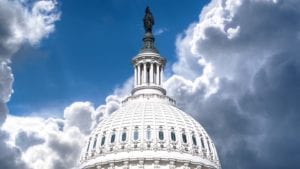
Using a combination of subsidized premiums for Marketplace coverage, an individual mandate, and expanded Medicaid eligibility, ObamaCare has increased insurance coverage rates. The authors of this study assess the relative contributions to insurance changes of these different provisions in the law’s first full year.
Their four key findings include:
- Insurance coverage was only moderately responsive to price subsidies, but the subsidies were still large enough to raise coverage by almost one percent of the population; the coverage gains were larger in states that operated their own health insurance exchanges (as opposed to using the federal exchange).
- The exemptions and tax penalty structure of the individual mandate had little impact on coverage decisions.
- The law increased Medicaid coverage both among newly eligible populations and those who were previously eligible for Medicaid (the “woodwork” effect), with the latter driven predominantly by states that expanded their programs prior to 2014.
- There was no “crowdout” effect of expanded Medicaid on private insurance. Overall, we conclude that exchange premium subsidies produced roughly 40% of the ACA’s 2014 coverage gains, and Medicaid the other 60%, of which 2/3 occurred among previously-eligible individuals.







